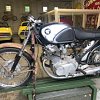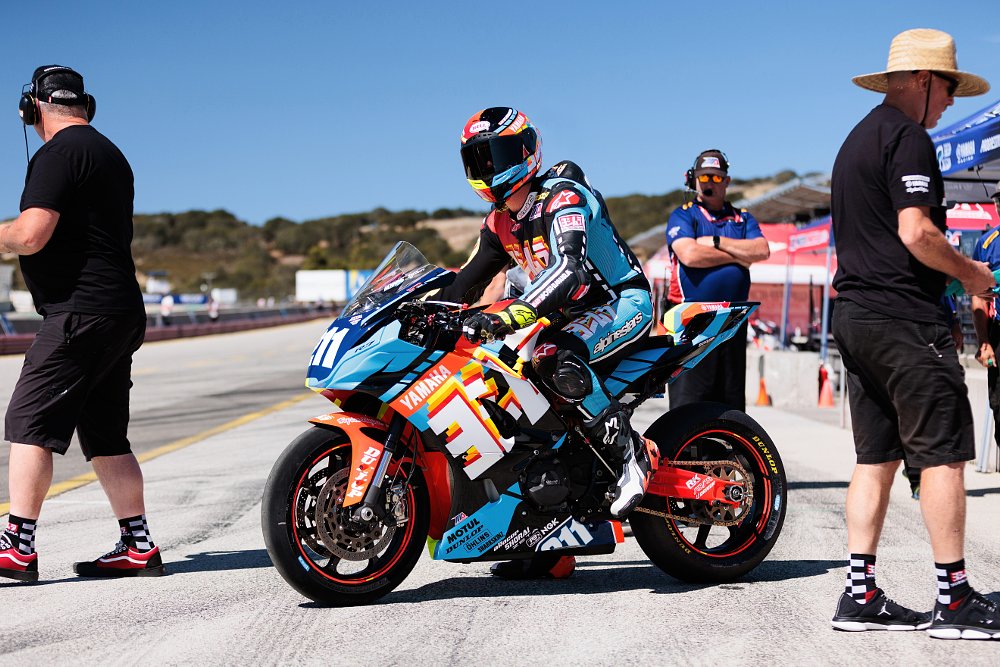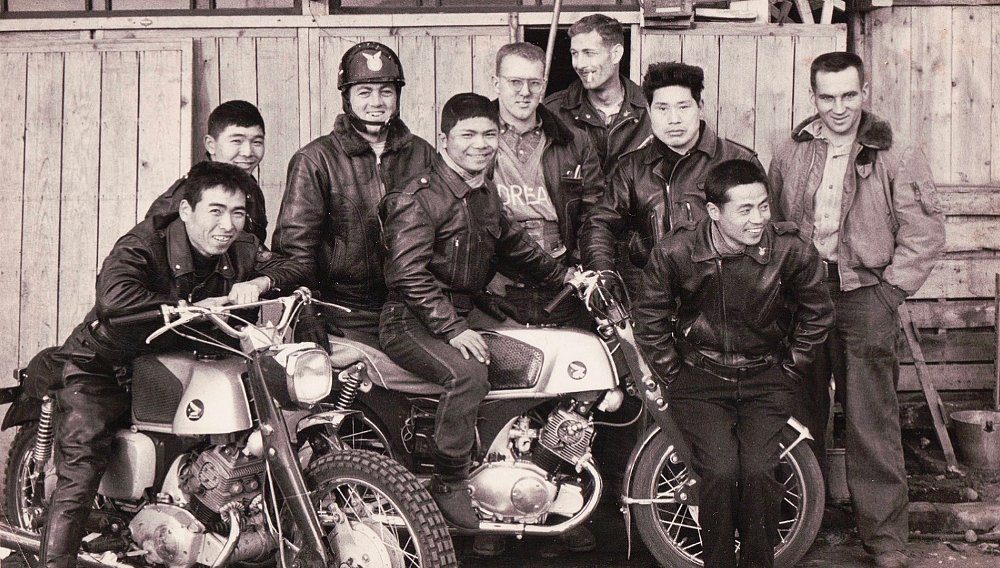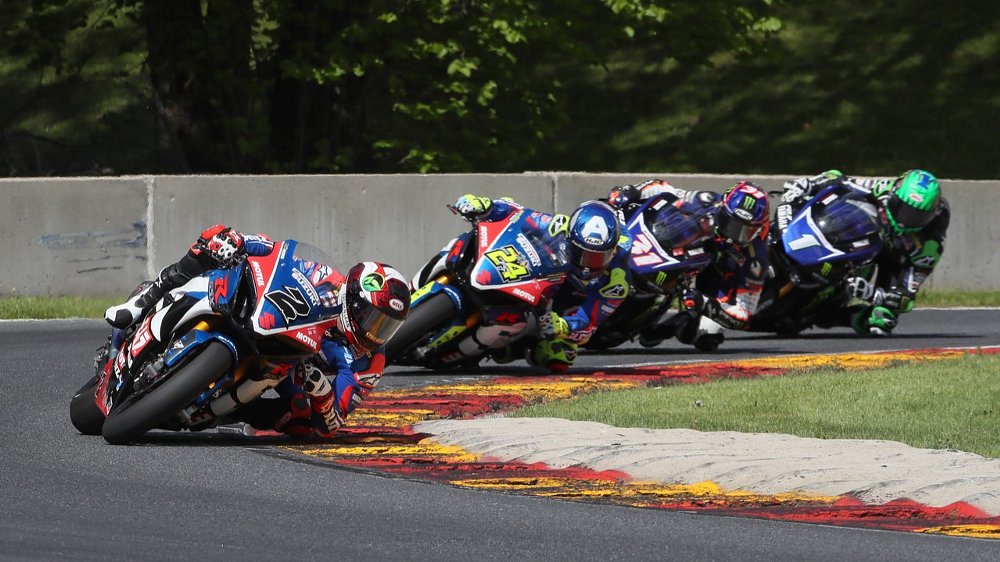In 1964, at the newly built Suzuka circuit in Japan, that country's motorcycle manufacturers gathered for an 18-hour endurance race to prove the reliability of Japanese bikes. Pitting his bike against the giants of the nascent industry, whose names would become legend, was a man known at this point only to local riders. His self-owned, self-tuned 250 cc Honda CB72 failed to finish but made such an impression that Honda, whose race-winning bike he had also tuned, offered him a job, and eventually his name — Hideo "Pops" Yoshimura — became as familiar to racers as that of his employers.
Also entered in that race, aboard a 305 cc Honda CP77 — also tuned by Pops — were three American servicemen stationed in Japan. One of them later bought Pops' CB72 and took it and the CP77 back to the United States to race. But instead of rolling up to the starting grid, both bikes languished in a garage for the next 56 years.
Then, a few years ago, a motorcycle collector named John Barrett was browsing the Bike-urious website when he spotted a post about an old Honda race bike for sale.
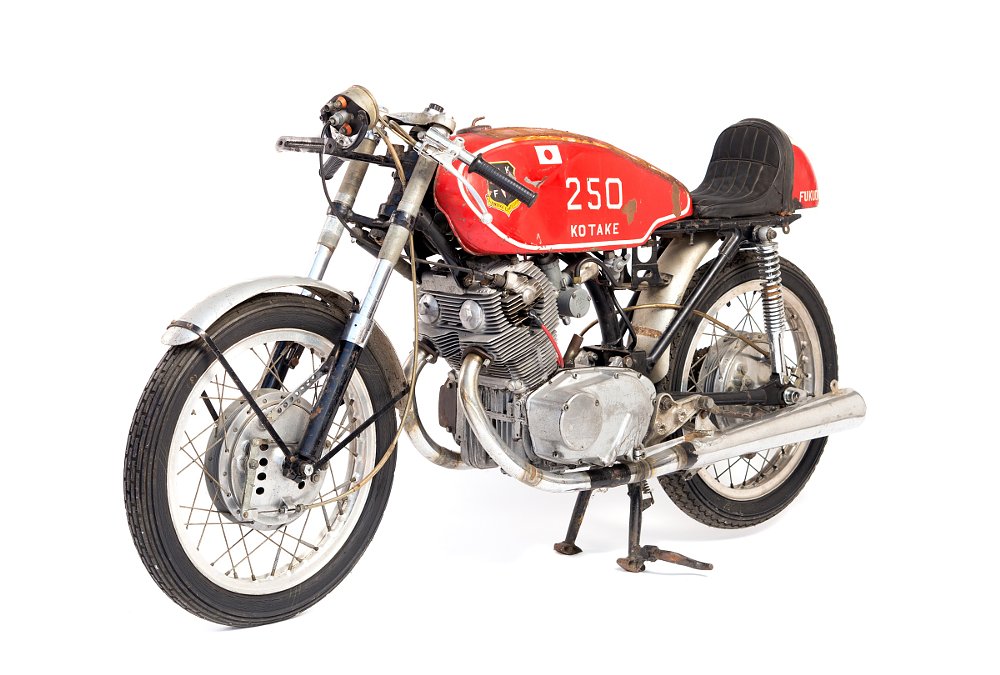
"It was the red one," Barrett recalls, "the Yoshimura bike that Pops had owned and raced and entered with his team in the 1964 Suzuka race. It was listed on eBay but the listing was shy on details. The seller had a handwritten letter from the original owner explaining the history of the bike, but there wasn't enough info to say this was a genuine Pops Yoshimura bike."
The seller steered Barrett to a book that Yoshimura had published to celebrate its 50th anniversary, where he'd find a photo of the bike at the Suzuka race in 1964. The bike in the book matched the one for sale.
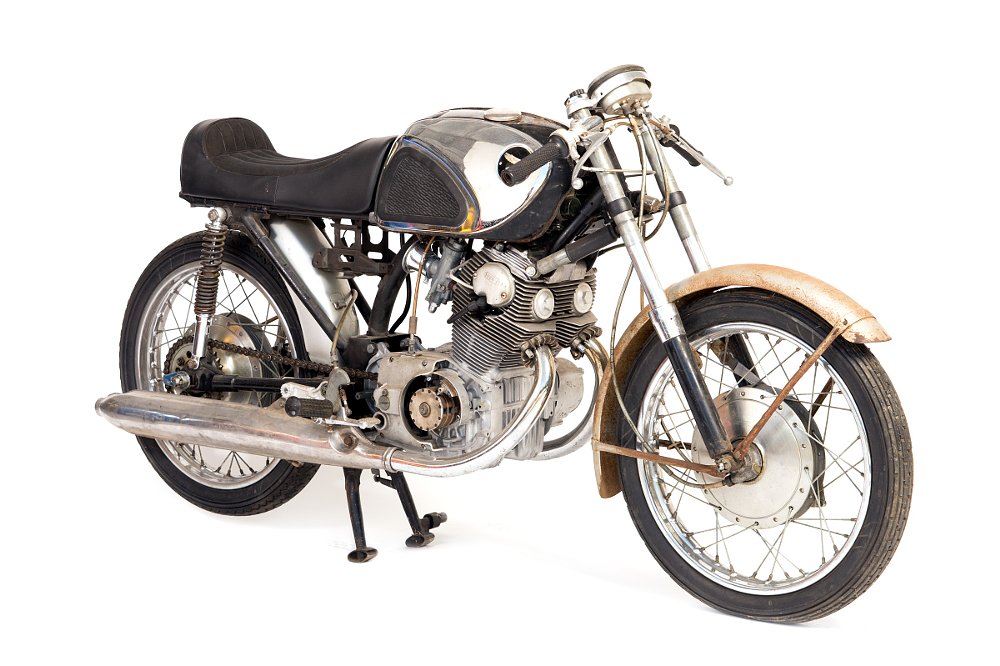
"So I took a flier and bought the bike." The seller also had the CP77 Pops had tuned for the American servicemen, but it wasn't for sale at the time. "I told him to let me know if he ever wanted to sell it. A couple of years later he did, and I bought it."
Barrett wrote about his find on an e-mail list of collectors and enthusiasts, which attracted the attention of fellow list member Gilbert Jennings, who came to see the bikes. Jennings asked if he could copy all the documentation that came with the bikes, and shoot some photos, and take it all to the Barber Vintage Motorsports Museum, and Barrett agreed.
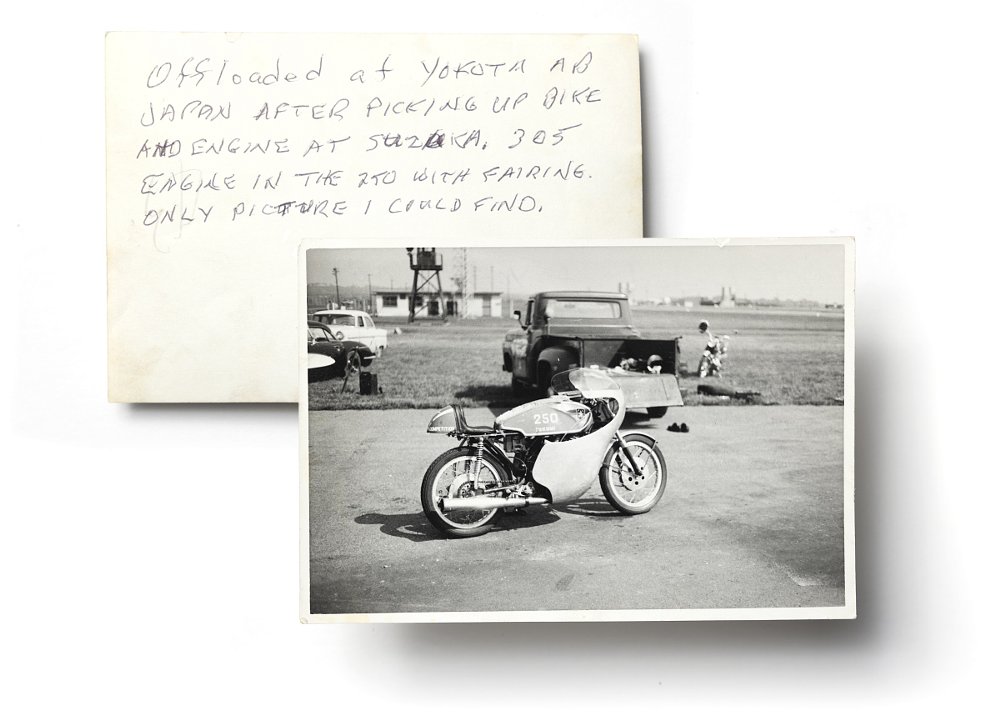
"I went to Barber and met with the archivist," Jennings says, "and she called in the chief restoration agent, Chuck Hunnicut, and they were both mouth open — they couldn't believe what they had."
"The people at the museum see that first manufacturers' race at the newly built Suzuka track as the birthplace of Superbike racing," Barrett says. "They see these bikes as Superbikes in their infancy." He decided to get them running and enter them in a vintage race but Jennings advised against it until hearing from someone with an even greater interest in the bikes than either him or Barrett. That someone was Yusaku Yoshimura, grandson of Pops.
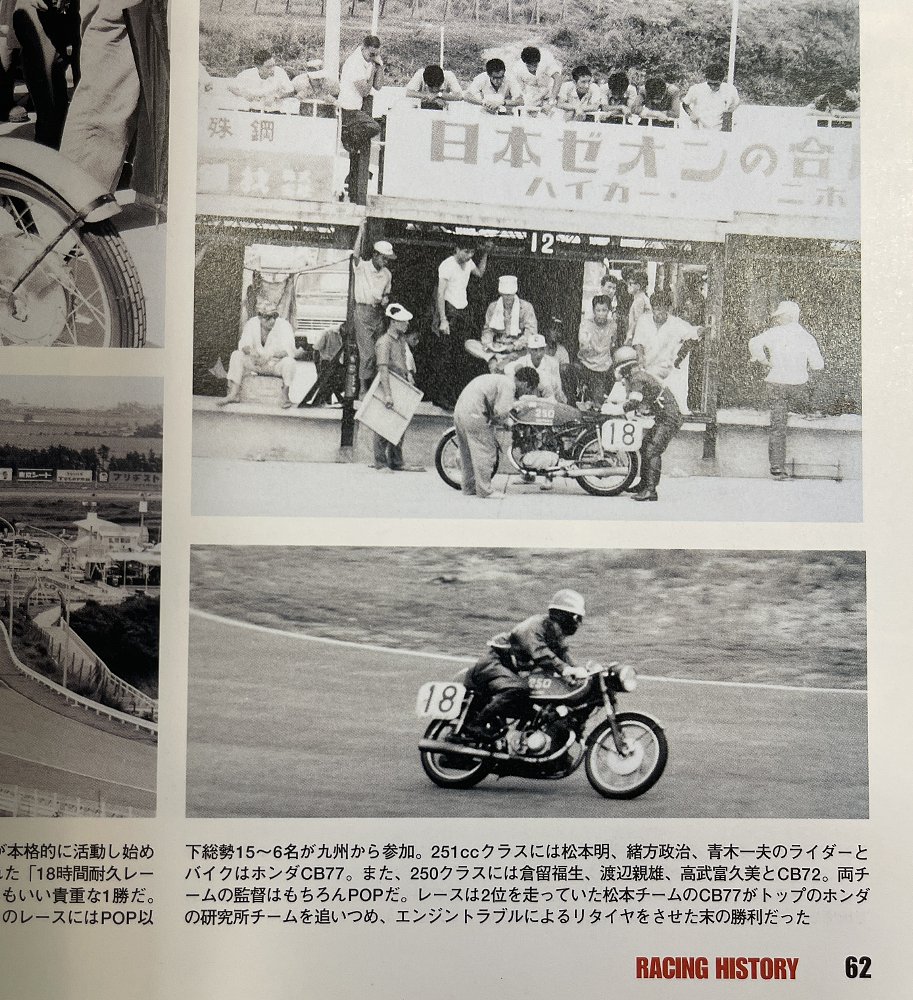
"Gilbert Jennings sent me an e-mail saying he had found these bikes," says Yusaku. "He said if I recognize them I should come and take a look at them." Yusaku consulted his father, Fujio, son of Pops, and they concurred — these bikes were the real thing.
With regard to getting them up and running soon, Fujio said there were about "50 reasons" not to, foremost of which had to do with oil.
"We used to use Castrol R30 engine oil, and if it sits for even a month it oxidizes. Forty or 50 years of that and the engine must be torn down and cleaned up, at least," Fujio says. "I said you shouldn't start them unless you make sure the inside of the engine is OK."
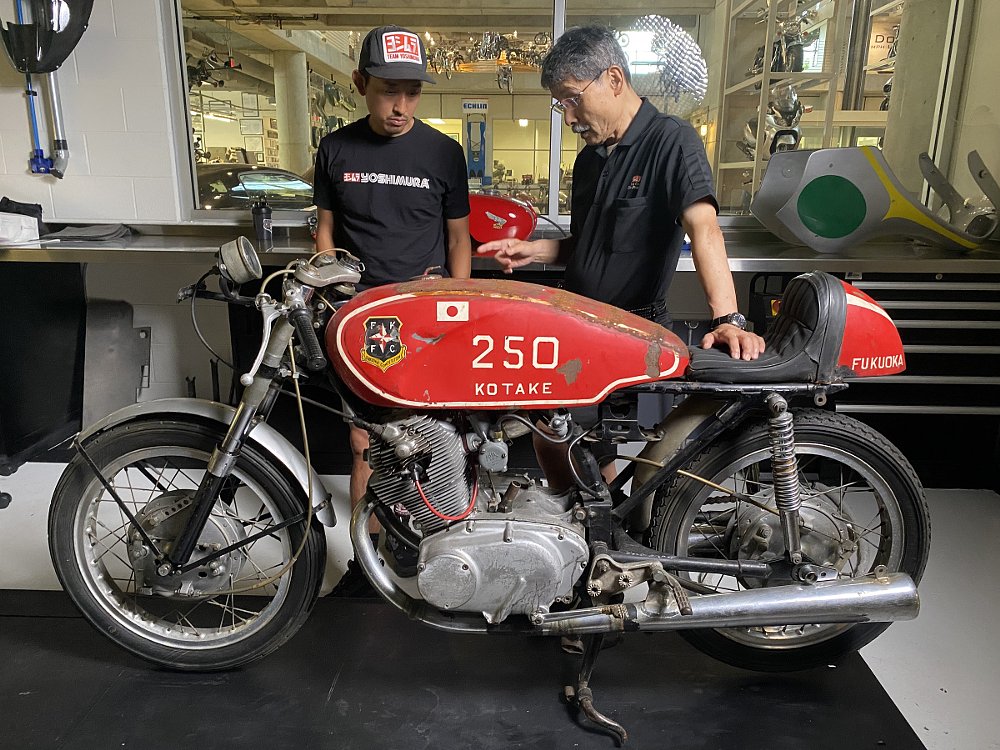
Barrett displayed the bikes at Barber's Concours de Competition in 2021 and invited Fujio and Yusaku to come out and see them. The pandemic prevented the trip, but this year both made it out to Alabama to see the bikes Pops that put the Yoshimura name on the map.
"Up until that time [the Suzuka race in 1964], Pops might have been known in his community but he wasn't known in the racing world," Barrett says. "Right after that race, Honda hired him to work for them. That put him on the national stage, and then the international stage."
Barrett still plans to get both bikes running, but it won't be easy. "I have a qualified vintage-bike mechanic and they're in his shop right now. Ultimately, I'd like to get them running and safe, but looking just like they look — no cosmetic stuff, no wiping off the dust, even — but they'll need new tires and tubes, and brakes, and cables. The old motor oil from the 1960s could harden and clog the oil passages, so the motors need to be disassembled and cleaned out. The holy grail is going to be opening them up and actually seeing hand-filed cams and lightened pistons and cams, all that work that Pops was known for."
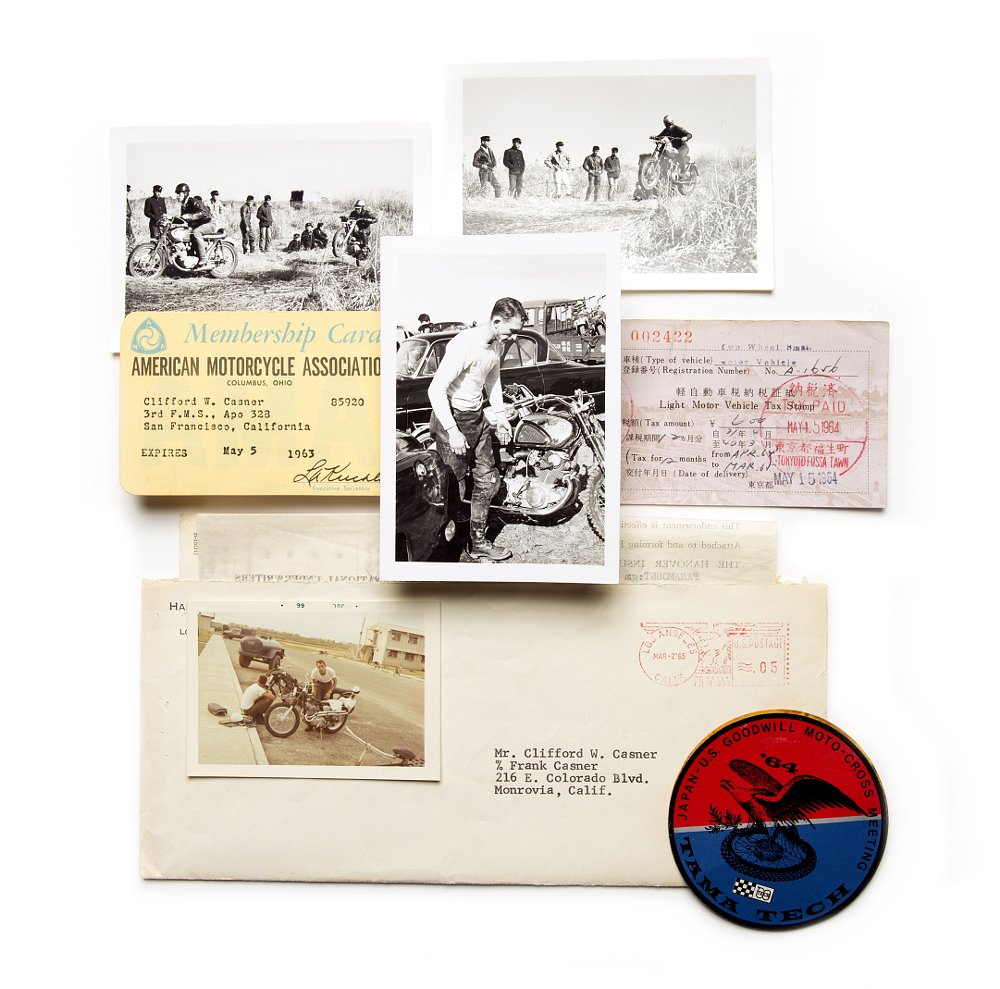
If all goes according to plan, the bikes will hit the track at Barber in May 2023 to do some exhibition laps. Fujio Yoshimura is cautiously optimistic.
"Racing those bikes was different from what everybody thinks," he says. "If it's a parade lap, alright, but racing them, I feel like it's kind of scary."
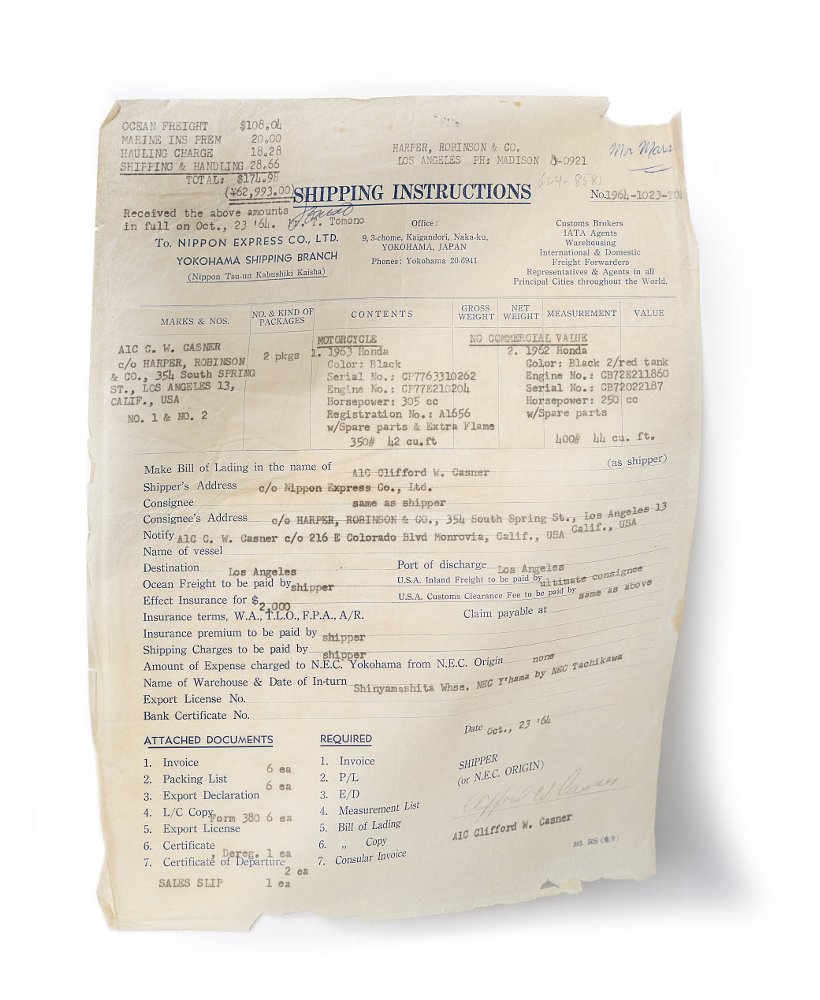
Would he ever want the bike back in the Yoshimura family? Again he's cautious.
"I don’t know. We cannot maintain them, so it's better to have someone who knows their history and their value keep them clean. Two years from now, I might think differently but right now Barrett will take good care of them."
John Barrett, who now finds himself the curator of a significant piece of the Yoshimura legacy, specifically the bikes that brought Pops from the shadows of a dark garage into the sunlight of international renown, sums up the experience like this: "What a helluva ride for an eBay purchase."








